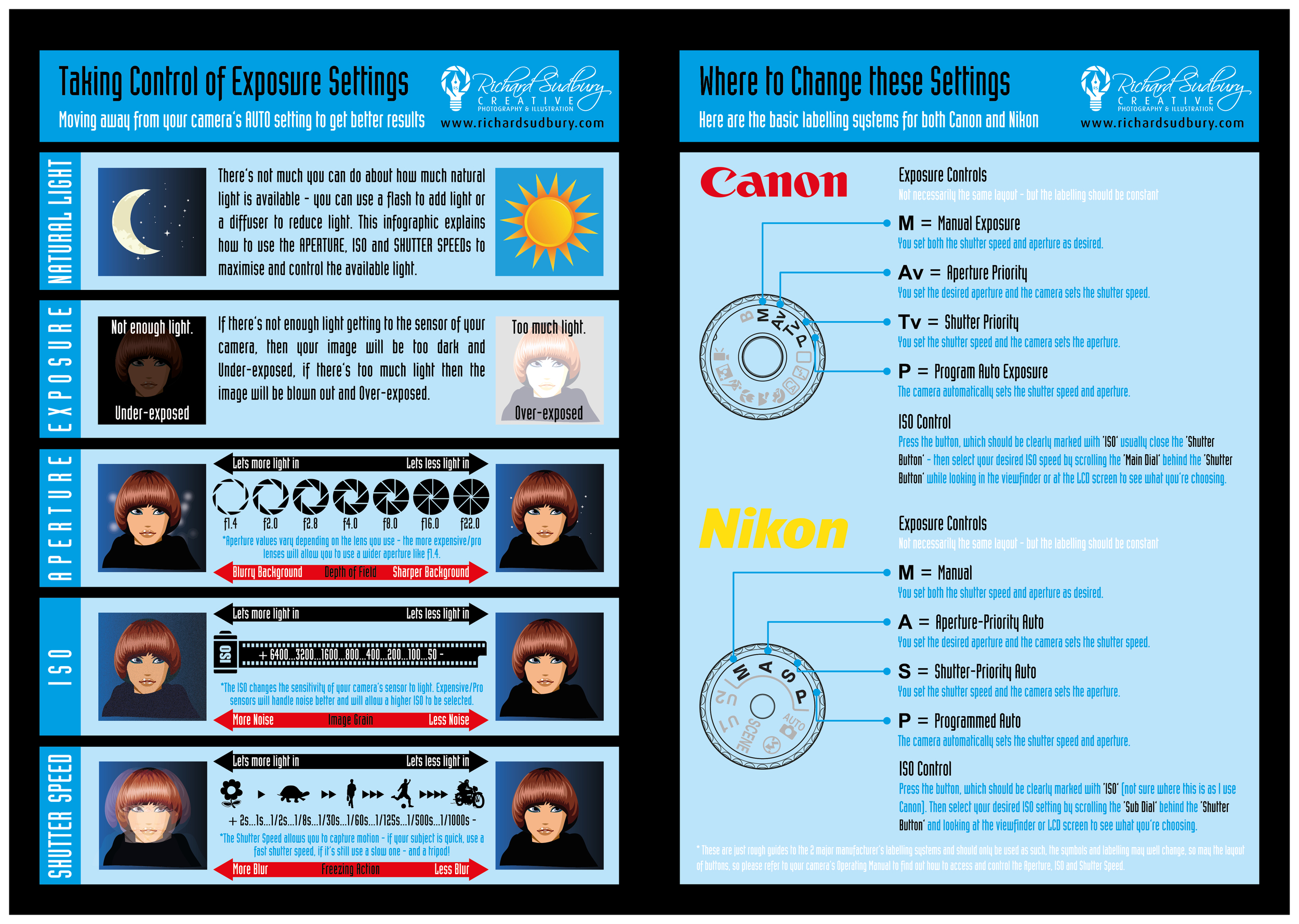What Every Digital Photographer Needs To Learn About Illumination
What Every Digital Photographer Needs To Learn About Illumination
Blog Article
Created By-Hinson Olsson
As a digital photographer, you know that lighting can make or damage your photos. Understanding the subtleties of both natural and artificial light is essential for catching the state of mind and clearness you aim for in your job. Whether you're chasing after the ideal gold hour glow or fine-tuning your artificial setups, mastering these elements can boost your photography substantially. However there prevail risks that many ignore, and acknowledging them can change your technique to every shoot. Allow's explore what https://www.digitalcameraworld.com/tutorials/stuck-at-home-12-fantastic-photo-projects-to-try-indoors-during-the-covid-19-crisis could be missing out on and exactly how it can influence your outcomes.
Recognizing All-natural Light
Recognizing natural light is critical for any type of photographer aiming to improve their work. It's the structure of great digital photography, affecting mood, tone, and quality. When you shoot outdoors, take note of the moment of day. The gold hour-- soon after sunup and prior to sundown-- offers soft, warm light that can transform ordinary scenes right into magnificent pictures.
Don't take too lightly the power of overcast days. Cloud cover diffuses sunshine, producing a soft, also light that's best for pictures and macro digital photography. You'll locate shades pop in this type of illumination without severe darkness.
Placing matters, as well. Always consider your subject's orientation to the source of light. If the sunlight's behind your subject, you might end up with a silhouette, which can be dramatic but mightn't be what you want. On the other hand, straight sunshine can produce unflattering darkness.
Try out angles; in some cases, altering your point of view can generate impressive results. Use natural reflectors, like water or sand, to jump light onto your topic, adding dimension.
Mastering Artificial Light
Understanding fabricated light is crucial for professional photographers who want to take their skills to the following level. Whether you're using speedlights, workshop strobes, or continuous lights, recognizing just how to manipulate these sources can significantly boost your images.
Beginning by acquainting yourself with the fundamentals of light high quality, instructions, and shade temperature. Trying out different modifiers like softboxes, umbrellas, or grids to regulate the softness or violence of the light.
You'll discover that soft light typically creates lovely results, while harsher light can add drama and depth. Don't avoid darkness; they can improve the three-dimensionality of your subjects.
Pay attention to the placement of your lights. A light located as well near your topic can develop uncomplimentary results, while as well far away can result in an absence of detail. Make Where to take photo for PR application of a light meter or your camera's pie chart to guarantee you're subjecting properly.
Last but not least, keep in mind that man-made light can be mixed with ambient light for innovative impacts. Stabilizing these sources could take technique, once you grasp it, your photography will genuinely radiate.
Techniques for Various Scenarios
When you step into various capturing circumstances, adapting your illumination strategies is important for capturing the most effective pictures. For outside portraits, use the gold hour-- early morning or late afternoon light-- to soften shadows and improve complexion.
If it's a harsh noontime sun, think about using a reflector to jump light back onto your topic or look for shaded areas for an extra also direct exposure.
In low-light situations, like interior occasions, raise your ISO and make use of a broad aperture to let in more light. A tripod can assist eliminate video camera shake, allowing for longer exposures without obscuring.
If you're shooting at night, experiment with off-camera flash to create dynamic illumination and deepness in your pictures.
For product digital photography, make use of diffused illumination to prevent severe representations. Softboxes or light outdoors tents can aid accomplish this effect.
When photographing landscapes, consider the instructions of light and time of day, as it can considerably alter the mood of your shot.
Always be ready to change your settings and positioning based upon the circumstance, as flexibility is vital to mastering lighting in digital photography.
Conclusion
In conclusion, understanding lights is essential to raising your photography abilities. Embrace natural light's beauty throughout golden hour, and don't shy away from trying out man-made light strategies. By adjusting your technique to different circumstances, you'll record spectacular photos that resonate with emotion and clearness. Keep in mind, the ideal lighting can change an ordinary shot into something phenomenal, so keep exercising and fine-tuning your understanding of both natural and synthetic light. Pleased shooting!
